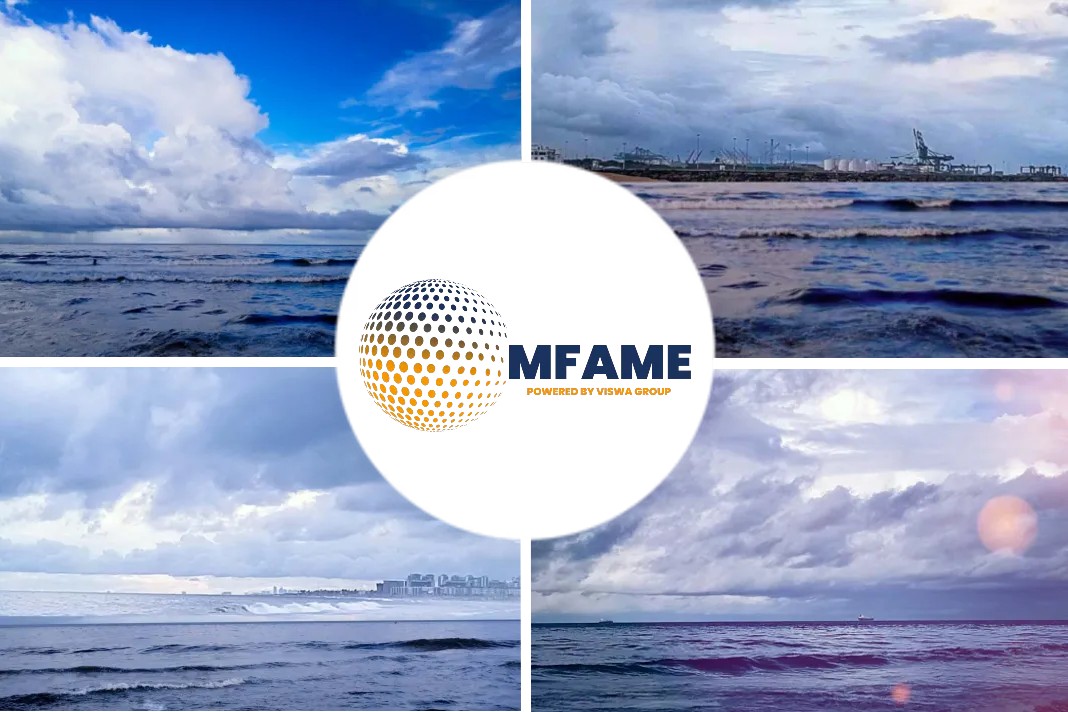- Condensate arising from the Yamal LNG project will be shipped to export markets by a new build.
- The Yamal LNG project partners entered a long-term charter agreement on the ship with Greek owner Dynagas.
- The Boris Sokolov, 214m-long provides year-round service from the loading terminal at Sabetta in western Siberia.
- Boris Sokolov offers a maximum intake corresponding to a deadweight of 43,400t
- The vessel can sail stern-first in icebreaking mode and bow ahead in open water or light ice conditions.
Condensate arising from the Yamal LNG project in the Russian Arctic is to be shipped to export markets by an Arc 7-class icebreaking tanker newly-built in China, reports the MotorShip.
The Boris Sokolov
The 214m-long Boris Sokolov has been designed and engineered for year-round service from the loading terminal at Sabetta in western Siberia. It carries Yamal condensate and oil cargoes to European and Asian destinations.
Capacity and Intake
The vessel embodies a capacity of 59,800m3 for gas condensate, crude oil, and products in up to five segregations. Boris Sokolov is the world’s first polar tanker built for a mainstream role in condensate transportation, offering a maximum intake corresponding to a deadweight of 43,400t. The deadweight as a product carrier is 49,700t.
Time Charter Contract
The Yamal LNG project partners have signed a long-term charter agreement on the ship with Greek owner Dynagas, which awarded construction to Guangzhou Shipyard International (GSI). The operation is vested with Dynacom Tankers Management.
On behalf of GSI, Aker Arctic Technology of Finland provided the full design package and undertook ice model and open water tests at its Vuosaari facilities, and also assumed responsibility for post-completion, full-scale ice trials.
Design based on DAS
Employing the ARC 212 design, the tanker features a rounded twin skeg aft hull form and moderate ice bow, to more efficiently meet the disparate demands of navigation in heavy ice and open water. The vessel is based on Aker Arctic’s double acting ship (DAS) principle, enabling the vessel to sail stern-first in icebreaking mode and bow ahead in open water or light ice conditions. She is expected to operate with impunity in 1.8m-thick ice, and penetrate ice ridges without backing and ramming, and to maintain an icebreaking speed of two knots when running astern. The specified speed in open waters is 13 knots.
Sailing in -50°C
Providing an update on the contract in ‘Arctic Passion News’, Aker Arctic project manager Riku Kiili confirmed that she “will be able to sail independently year-round in the Russian Arctic where temperatures may drop down to -50°C”.
Power Systems
The diesel-electric powering system comprises four main diesel generators with a combined output of some 31,000kW. Employing Wartsila’s ubiquitous, 320mm-bore medium-speed engine technology, two of the prime movers are 12-cylinder V32 units, and two are 16-cylinder models. Two ABB Azipod azimuthing thrusters with integral 11MW motors translate the electrical energy into propulsive effect.
What inspires the new design?
The reference vessels for the condensate carrier newbuild design were two 70,000dwt Arctic tankers developed some 12 years ago for use by Sovcomflot in the Prirazlomnoye project. However, the new ship has a higher ice class and a smaller cargo capacity. The rationale was that two smaller tankers, rather than a single, larger vessel, would be preferable for the Yamal condensate export traffic in the long-term, on the grounds of operational versatility and redundancy, such that a second tanker was subsequently ordered. This second, similar newbuild is at an advanced stage of construction in Finland at Arctech Helsinki Shipyard.
In the future, when the eventual fleet of Yamal-max LNG carriers will ensure a departure from Sabetta port every second day, year-round, the condensate tankers will be able to utilize the broken channel the LNGCs create.
Why a new build?
Condensate is a mixture of light hydrocarbon oils present in the raw natural gas field and is separated off before the gas liquefaction process. It is used to produce fuels and as a feedstock in the petrochemical industry. Condensate production from a gas resource diminishes over time, and this was a factor which led to the development of a new build with the flexibility to also transport oil cargoes.
PRINCIPAL PARTICULARS—Boris Sokolov
| Length overall | 214.0m |
| Breadth, moulded | 34.0m |
| Depth, moulded | 18.3m |
| Draught, design | 11.7m |
| Cargo capacity | 59,800m3 |
| Deadweight, condensate | 43,400t |
| Deadweight, products | 49,700t |
| Propulsion | 2 x 11MW |
| Class | RS/BV |
| Flag | Cyprus |
Did you subscribe for our daily newsletter?
It’s Free! Click here to Subscribe!
Source: The Motorship

















